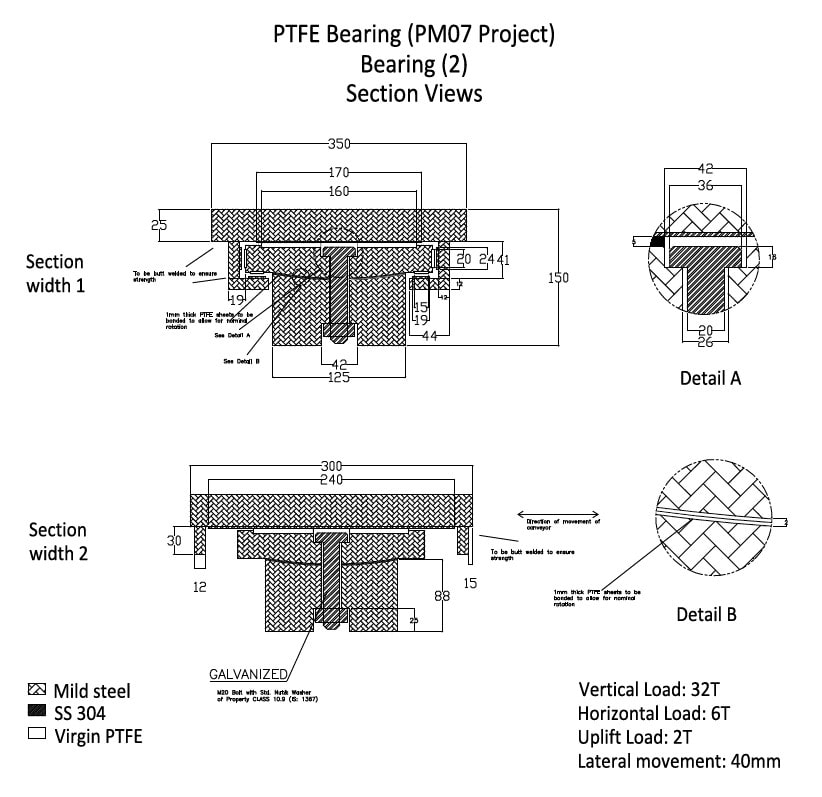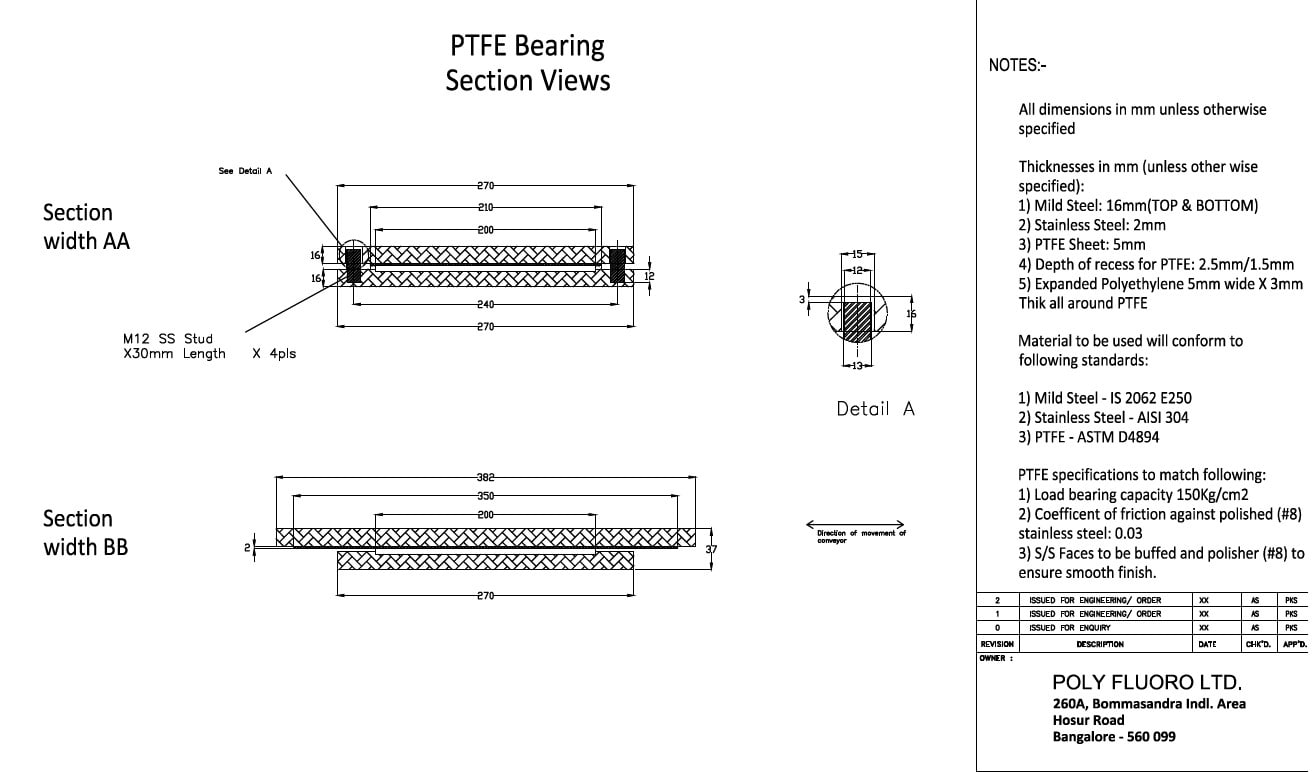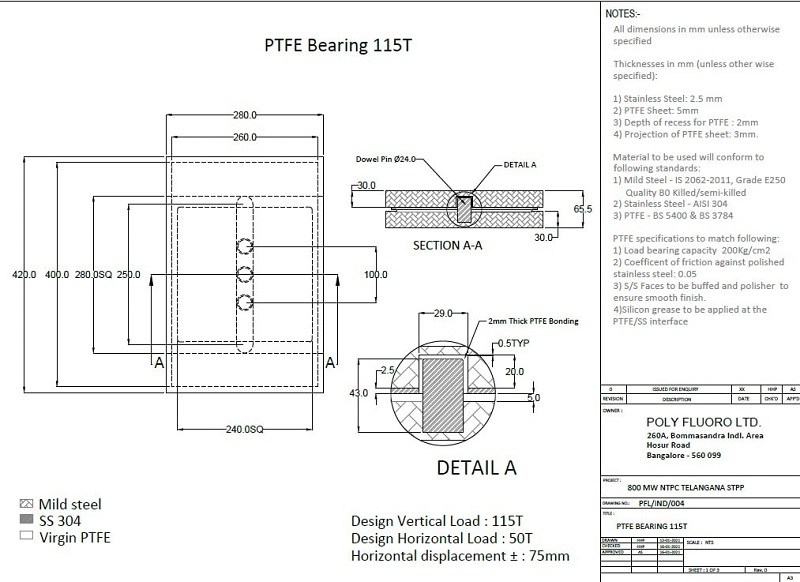Manufacturing ePTFE is challenging. The nature of the material throws up various peculiarities and sensitivities that need to be understood from first principles if one is to obtain a consistent and high-quality end-product. Minor changes in the raw material or even the climate can be the difference between an accepted and a rejected final product.
How is ePTFE made?
While there exist many proprietary nuances and technologies in the manufacture of ePTFE, at the basic level the process consists of the following steps:
-
Blending – where PTFE fine powder resin is mixed with an extrusion aid
-
Extrusion – where the powder is compressed and passed under high pressure through a die which defines its profile
-
Stretching – where the extruded material is stretched lengthwise under heat to yield a soft, marshmallow-like material
While this is obviously a gross simplification, the factors that can influence the process are many. These may include:
-
The properties of the resin itself. High crystallinity is needed to ensure the stretching process is effective.
-
The handling of the resin – over handling will cause sharing which can lead to the resin being unusable
-
The type of extrusion aid used
-
The extrusion pressure and post extrusion handling
-
The stretching parameters – stretch rate, speed, and temperature all combine in very precise ways to give the final product
Once the extrudate is stretched, it undergoes a process called “amorphous locking”, which allows it to take on two principal characteristics: texture and porosity.
Applications of ePTFE
While texture is the primary focus of anyone looking to use ePTFE as a gasket material, porosity is the focus of membranes and filter applications. Both these characteristics can be modified based on the stretching parameters such that the specific gravity of ePTFE tapes can vary from as little as 0.3 all the way up to 1.5. Similarly, porosity is a function of how much the material is stretched and changing the stretch ratio will influence this.
The porosity of ePTFE is unique in that it allows vapours and gases to pass through, while preventing liquids from doing so. This has very important implications in venting and high-end filtration, wherein a system may need to be leak-proof, while also allowing excess gases to escape rather than cause any pressure build up. Similarly, ePTFE membrane vents are also used in enclosures for electronic circuits, as they ensure that water cannot enter the enclosure, but that any accidental moisture build-up is evacuated rather than being allowed to condense around the circuits.
Advantages of Expanded PTFE (ePTFE) Tubes
In some sense, the use of an expanded PTFE (ePTFE) tube seeks to combine the properties of both texture and porosity. The ePTFE tube is made in a way similar to what is described above, with the exception being that the profile extruded is that of a tube. Since an extruded tube is delicate, a lot of care must be taken to ensure that it does not collapse during stretching. However, once stretched, the ePTFE tube is a very unique product.
For one, the tube is highly flexible. Normal PTFE tubes are prone to ‘kinking’ if the bend radius of the tube is exceeded. In contrast, ePTFE tubes will allow themselves to be bent, be folded, and even be wrapped while still resisting kinking.
In addition to this, the ePTFE tube also has porosity. It is ideal for a system wherein a liquid must be passed through the tube but where vapours must be expelled.
ePTFE tubes are invaluable in both chemical as well as medical applications. While standard ePTFE tubes are used for automotive applications, the development of specialised ePTFE tubes can be used for surgical grafts and stents.
While the challenges in making ePTFE tubes are numerous, overcoming these hurdles yields a product that is both versatile and highly effective in a multitude of applications.
Read More
1. ePTFE Applications in Cable Manufacturing






